Introduction
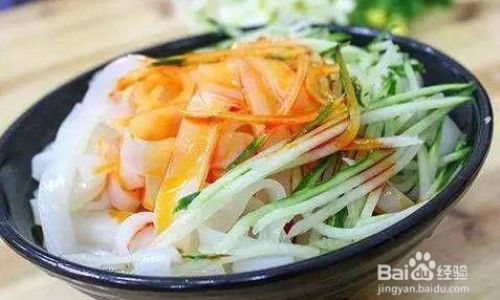
Cold noodles, a staple in many Asian cuisines, are a refreshing and versatile dish enjoyed by people worldwide. While traditional recipes often involve complex processes and specific ingredients, making cold noodles with starch offers a simpler, more accessible method for home cooks. Starch, derived from various plant sources such as potatoes, corn, or rice, serves as the foundational element in creating these delicate, chewy noodles. This guide will walk you through the entire process of making cold noodles with starch, from selecting the right ingredients to perfecting your cooking technique. By the end, you’ll be equipped to create delicious, homemade cold noodles that rival any restaurant-quality dish.
Understanding Starch and Its Role in Cold Noodles
Starch is a natural polysaccharide found in plants and acts as a primary energy storage compound. When mixed with water and heated, starch undergoes gelatinization, forming a viscous paste. This paste can be manipulated into various shapes and textures, including noodles. The type of starch you choose will influence the final texture and flavor of your cold noodles. Potato starch, for instance, tends to produce noodles with a slightly sweet taste and a tender, slightly elastic texture. Corn starch, on the other hand, yields noodles that are smoother and more translucent. Rice starch results in noodles with a slightly firmer, more resilient bite.
Ingredients and Equipment
Before diving into the recipe, let’s outline the essential ingredients and equipment you’ll need:

- Starch: Choose your preferred type (potato, corn, or rice). For beginners, potato starch is recommended due to its versatility and forgiving nature.
- Water: Pure, clean water is crucial for achieving a smooth, lump-free paste.
- Salt: A pinch of salt enhances flavor and helps to firm up the noodles.
- Boiling Water: For cooking the noodles.
- Mixing Bowl: A large, sturdy bowl for mixing the starch and water.
- Whisk or Spoon: For stirring the mixture to avoid lumps.
- Piping Bag or Spoon: For shaping the noodles. Alternatively, you can pour the mixture onto a flat surface and cut it into strips.
- Slotted Spoon or Strainer: For transferring the cooked noodles from the boiling water.
- Cold Water Bath: A bowl of ice water to stop the cooking process and firm up the noodles.
- Baking Sheet or Tray: For draining and cooling the noodles.
- Chopping Board and Knife: For cutting the noodles into desired lengths.
- Sauces and Toppings: Optional but recommended for serving, such as soy sauce, sesame oil, chili oil, vinegar, garlic, and chopped vegetables.
Step-by-Step Recipe
Preparing the Starch Mixture
Begin by measuring out 1 cup of your chosen starch and placing it in a large mixing bowl. Gradually add 1 and 1/2 cups of cold water, whisking constantly to avoid lumps. Continue whisking until the mixture reaches a smooth, pourable consistency. Add a pinch of salt and whisk again to incorporate. The mixture should resemble a thick, creamy paste.
Heating the Mixture
Transfer the starch paste to a saucepan and place it over medium heat. Stir constantly with a whisk or spoon to prevent the mixture from sticking to the bottom and burning. As the mixture heats up, it will begin to thicken and turn translucent. Keep stirring until it reaches a thick, pudding-like consistency. This can take anywhere from 5 to 10 minutes, depending on your stove’s heat output.
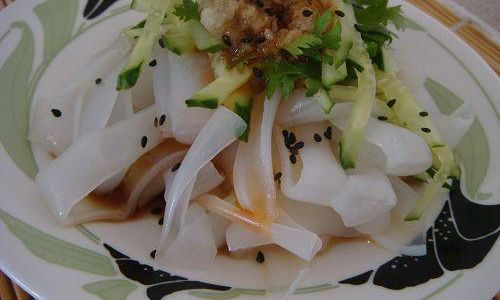
Shaping the Noodles
Once the starch mixture has thickened, remove it from the heat and let it cool slightly until it’s just warm to the touch. Transfer the mixture to a piping bag fitted with a small nozzle, or use a spoon to shape the noodles. If using a piping bag, squeeze the mixture onto a lightly oiled baking sheet or tray in long, thin strips. If using a spoon, drop small portions of the mixture onto the tray and flatten them into strips with the back of the spoon. The thickness and length of the noodles are up to your preference.
Cooking the Noodles
Bring a large pot of water to a rolling boil. Carefully drop a few noodles into the boiling water, being careful not to overcrowd the pot. The noodles will sink to the bottom initially but will rise to the surface as they cook. Cook for about 2-3 minutes, or until they are translucent and cooked through. Use a slotted spoon or strainer to transfer the cooked noodles to a bowl of ice water to stop the cooking process. This step is crucial for achieving the right texture and preventing the noodles from becoming too soft or mushy.
Draining and Cooling
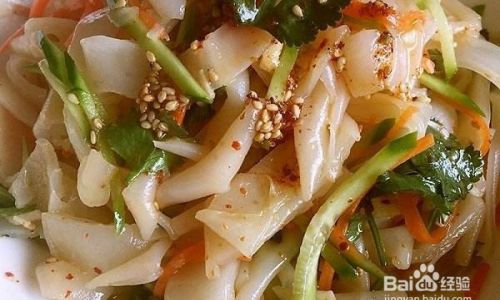
Once all the noodles have been cooked and plunged into the ice water, transfer them to a baking sheet or tray lined with paper towels to drain excess water. Let them cool completely at room temperature, then refrigerate for at least 30 minutes to firm up further. This step ensures that the noodles hold their shape and texture when served.
Serving the Cold Noodles
Once the noodles are fully cooled and firm, you can cut them into desired lengths using a sharp knife. Arrange them on a serving plate and drizzle with your favorite sauces and toppings. Popular choices include soy sauce, sesame oil, chili oil, rice vinegar, minced garlic, and chopped green onions. For a more filling meal, you can add shredded vegetables, cooked meat, or tofu.
Troubleshooting Tips
- Lumpy Mixture: If your starch mixture becomes lumpy, strain it through a fine-mesh sieve before heating.
- Sticky Noodles: Ensure the noodles are fully cooked and plunged into ice water to prevent stickiness.
- Soft Noodles: Overcooking can result in soft, mushy noodles. Be vigilant when cooking and test for doneness by removing a noodle early and tasting it.
- Texture Variability: Different types of starch will yield noodles with varying textures. Experiment with different starches to find your preferred taste and texture.
Conclusion

Making cold noodles with starch is a rewarding culinary endeavor that allows you to customize the dish to your liking. By following this comprehensive guide, you’ll be able to create delicious, homemade cold noodles that are not only visually appealing but also bursting with flavor. Whether you’re serving them as a light summer snack or a hearty meal, these noodles are sure to impress. Happy cooking!
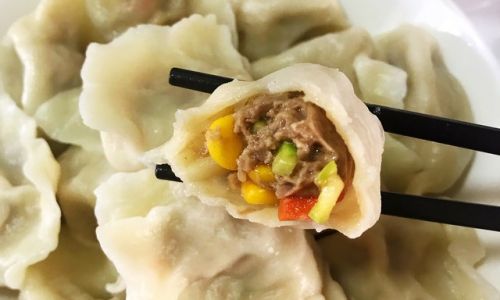
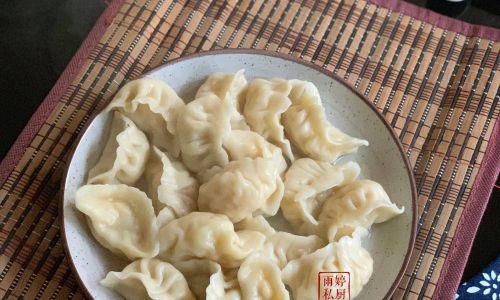
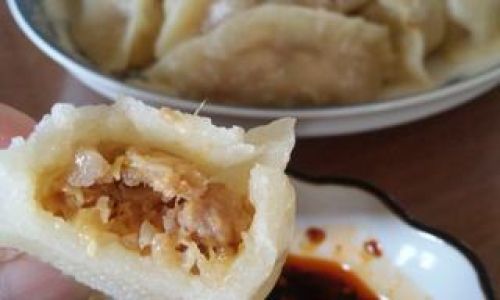
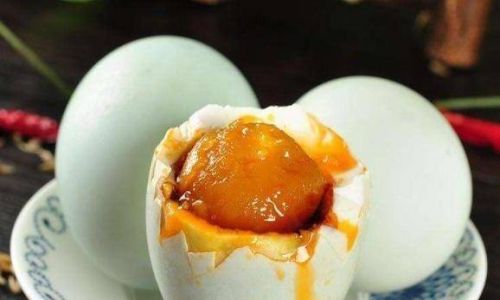
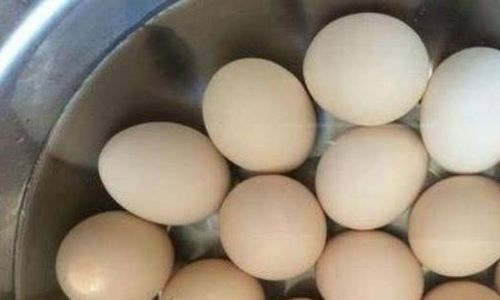
0 comments